Map showing the amount of days with 24 hours of sunlight in Alaska r
03:06 Capturing Alaska's polar night Photographer Mark Mahaney ( from California) traveled to Utqiagvik, Alaksa in 2019 to capture the final days of the season's polar night. He documented the darkness for 12 days.Imagine sitting in your office or the classroom in the middle of the day, and you look.
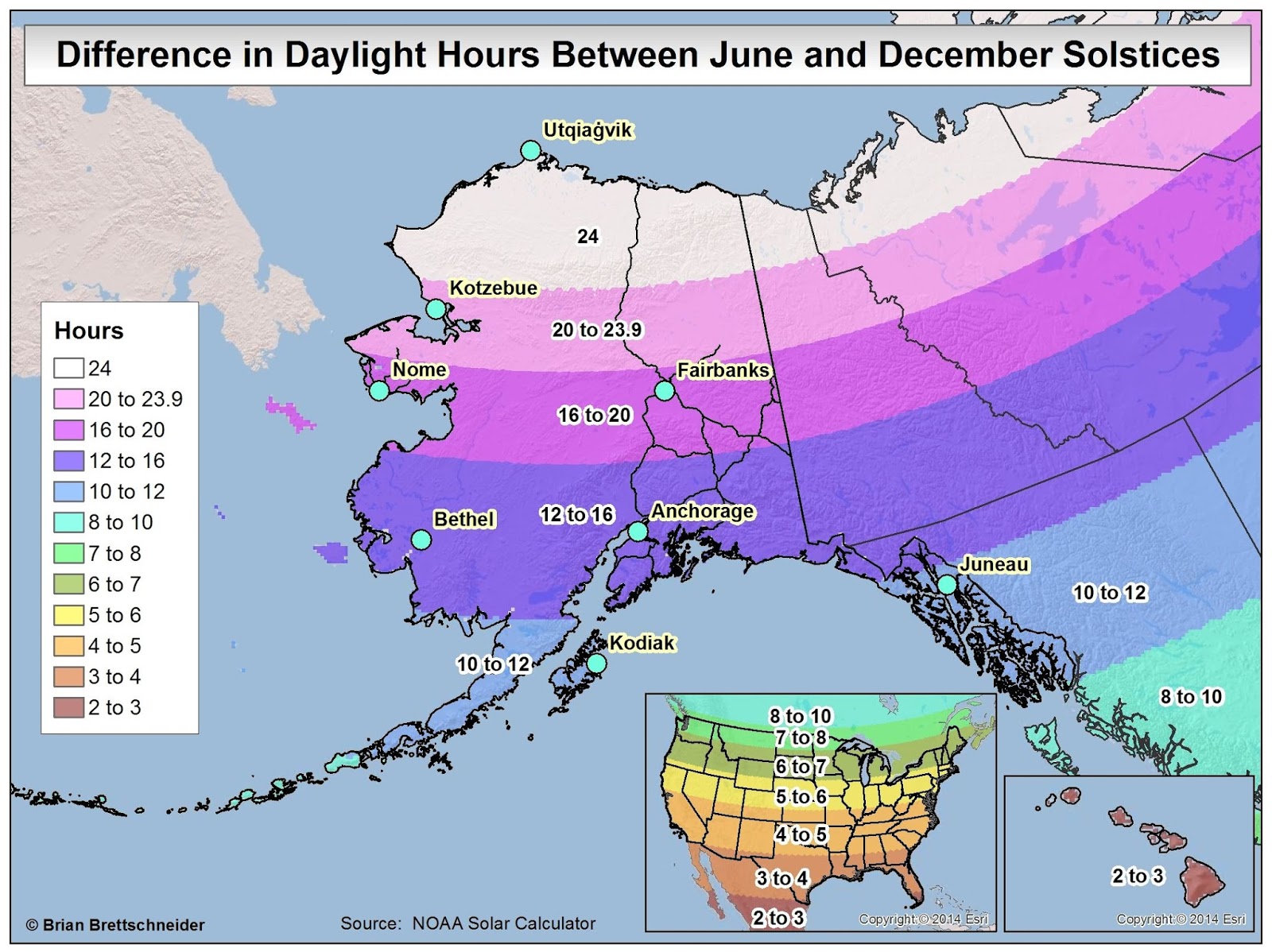
Brian B.'s Climate Blog DaylightTwilightAstronomical Maps
The Last Word From Sleepopolis. With 18+ hours of daylight in the summer and 20+ hours of darkness during the winter, Alaskans certainly have a unique set of circumstances when it comes to their sleep. The extremes of light and darkness can interfere with melatonin production, sleep, and circadian rhythms. Sleepopolis' 2024 Alaskan Sleep.

Alaska Winter Solstice Timelapse YouTube
Utqiaġvik (formerly known as Barrow), Alaska, will see its last sunset for 65 days Sunday afternoon. The opposite will occur this summer, when the sun won't set for more than two months from mid.
In Alaska it’s dark in the winter unless you’re in town with overcast
Here's a tip from Dan on how to survive the land of extremes: "If you like to play outside, there's only one way to survive winters in Alaska, and that's with a whole quiver of toys. Climate change has been wreaking havoc on Alaska, and winters are no longer reliable. One day it will snow, the next it will be raining and blowing sideways.
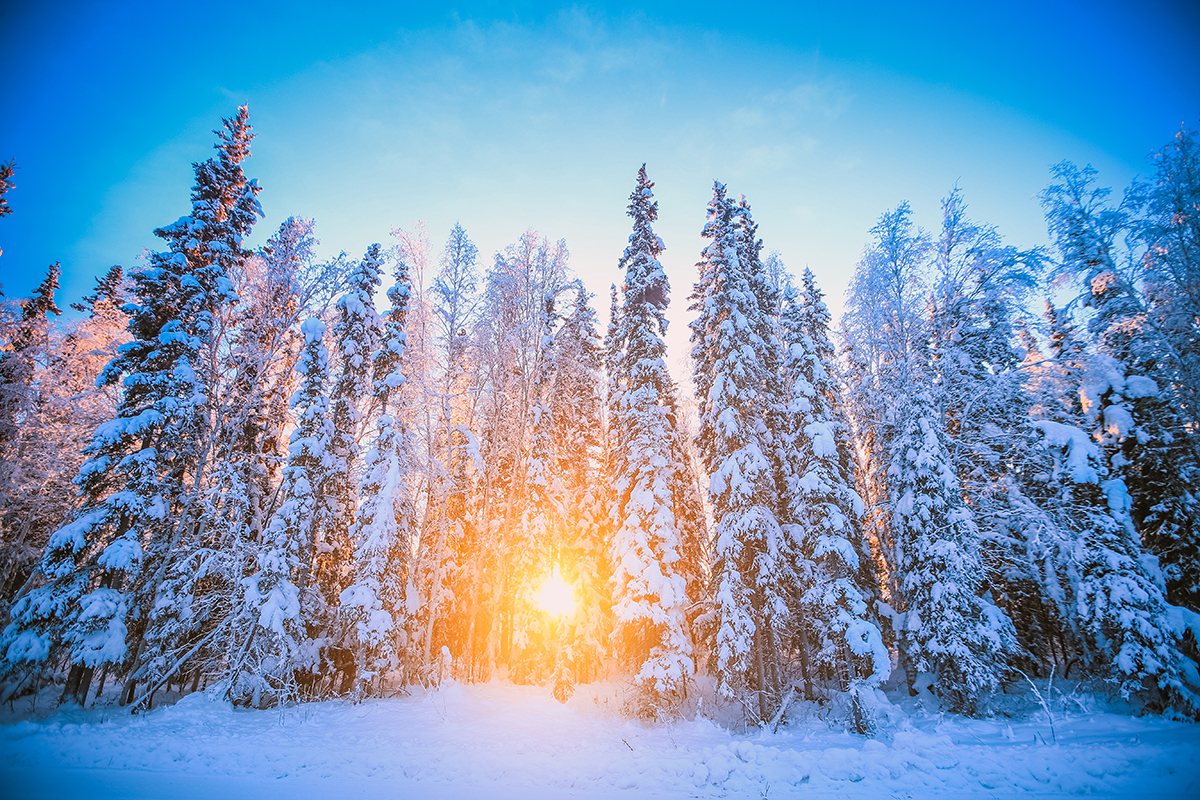
Alaska’s winter solstice explained Princess Lodges
Mr. Leavitt has plenty of company when it comes to dealing with Alaska's dark side.. daylight. Nearly 10 percent of Alaskans suffer from the disorder to some degree, according to a 1992 study.

Alaska Daylight Hours Calculator
how do alaskans cope with nearly all-day darkness in winter, all-night daylight in summer? The sun set 66 days ago on Nov. 18 , beginning the polar night for the town 500 miles north of Fairbanks . The location of Utqiaġvik, Alaska, within the Arctic Circle.
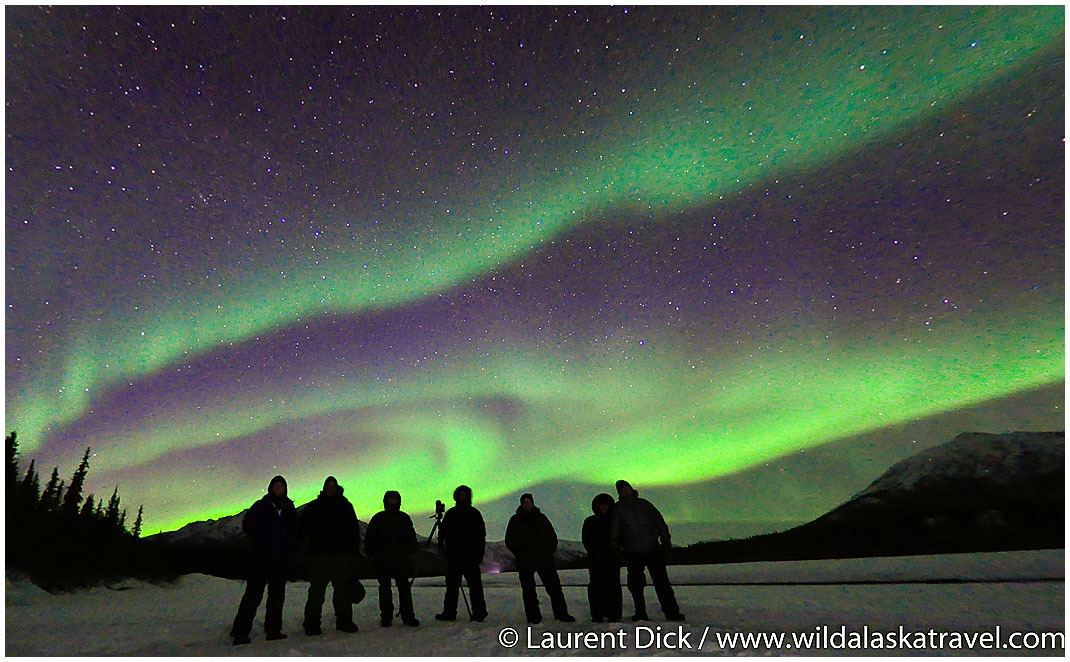
2023 Alaska Northern Lights Tour Wild Alaska Travel
If you live at latitude farther north than about 42 degrees (Boston, Detroit, or Eugene, Oregon), the sun is too low on the horizon from November through February for your skin to produce vitamin.

Does it stay dark all winter long in Alaska? YouTube
Exercise and eating well are less important, but still affect sleep cycles, Glass said. Exercise in the morning, not in the evening, he said. In addition, "alcohol is always an issue," Glass said.
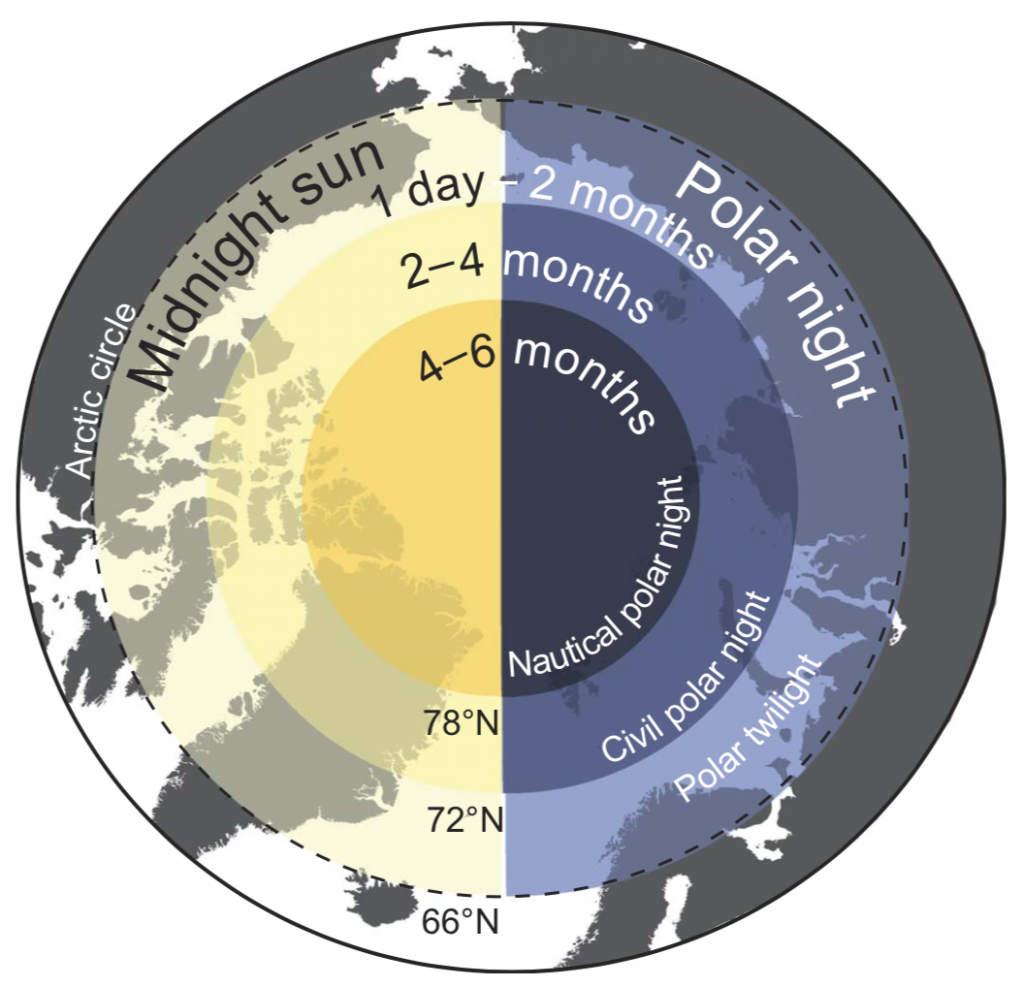
Arctic Lights oceanbites
For comparison, New York City sees a 25.9-degree sun angle at midday on the first day of winter, with a less-depressing 9 hours and 15 minutes of daylight. In fact, just 40 minutes after sunrise, the sun is already higher in the sky in the Big Apple than it is all day in Anchorage. How Alaskans deal with drastic seasonal changes in daylight

Winter darkness Polarpedia
For the next few days, Utqiaġvik will gain about 25 minutes of sun per day. February's days net residents about 10 extra sunny minutes a day. Come mid-March, daylight brightens up the town for about 12 hours. On March 23rd, the sun still slips below the horizon, but not by much. Utqiaġvik will then be in the twilight all night long.

How Alaskans Cope with Two Months of AllDay Daylight The Weather Channel
The sun set in Utqiaġvik, Alaska, for the last time in 2021 at 1:37 p.m. local time on Nov. 18. How do Alaskans cope with nearly all-day darkness in winter, all-night daylight in summer? Since then, the sun hadn't risen above the horizon. The town wasn't in complete darkness for the entire time, however.
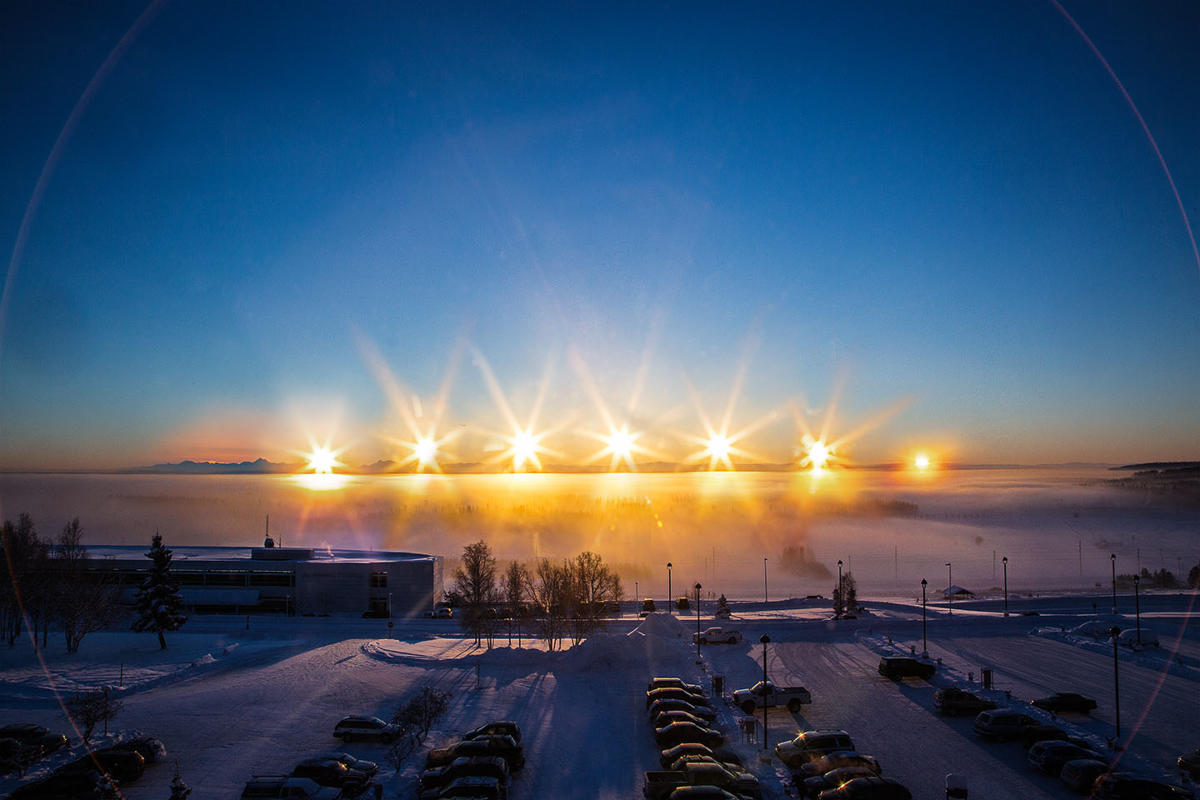
Here's What Winter Solstice Looks Like in Fairbanks, Alaska
how do alaskans cope with nearly all-day darkness in winter? On the vernal (spring) equinox in March and the autumnal equinox in September, the equator (0 degrees latitude) is aligned directly.

How Alaskans Cope with Two Months of AllDay Daylight The Weather Channel
What life is really like in an Alaskan town that won't see the sun again until January 23. For two months, this town in Alaska doesn't see any daylight, a phenomenon that's called polar night.

How Alaskans Cope with Two Months of AllDay Daylight The Weather Channel
Alaska experiences extreme variations in daylight hours throughout the year. During the summer months, the northernmost city of Utqiaġvik experiences 24-hour daylight for 82 days straight, while in the winter months, the state experiences extended darkness, with some areas experiencing near-constant darkness for over two months.

How do Alaskans cope with nearly allday darkness in winter, allnight
Here are some debunked myths about the unusual daylight patterns of Alaska. 1. Alaska Gets Six Months of 24-Hour Sunlight and Darkness. Interestingly, this myth was perpetrated by our science books for many years. Only the furthest north and south points have equal parts daylight and darkness throughout the year, and Alaska isn't north enough.
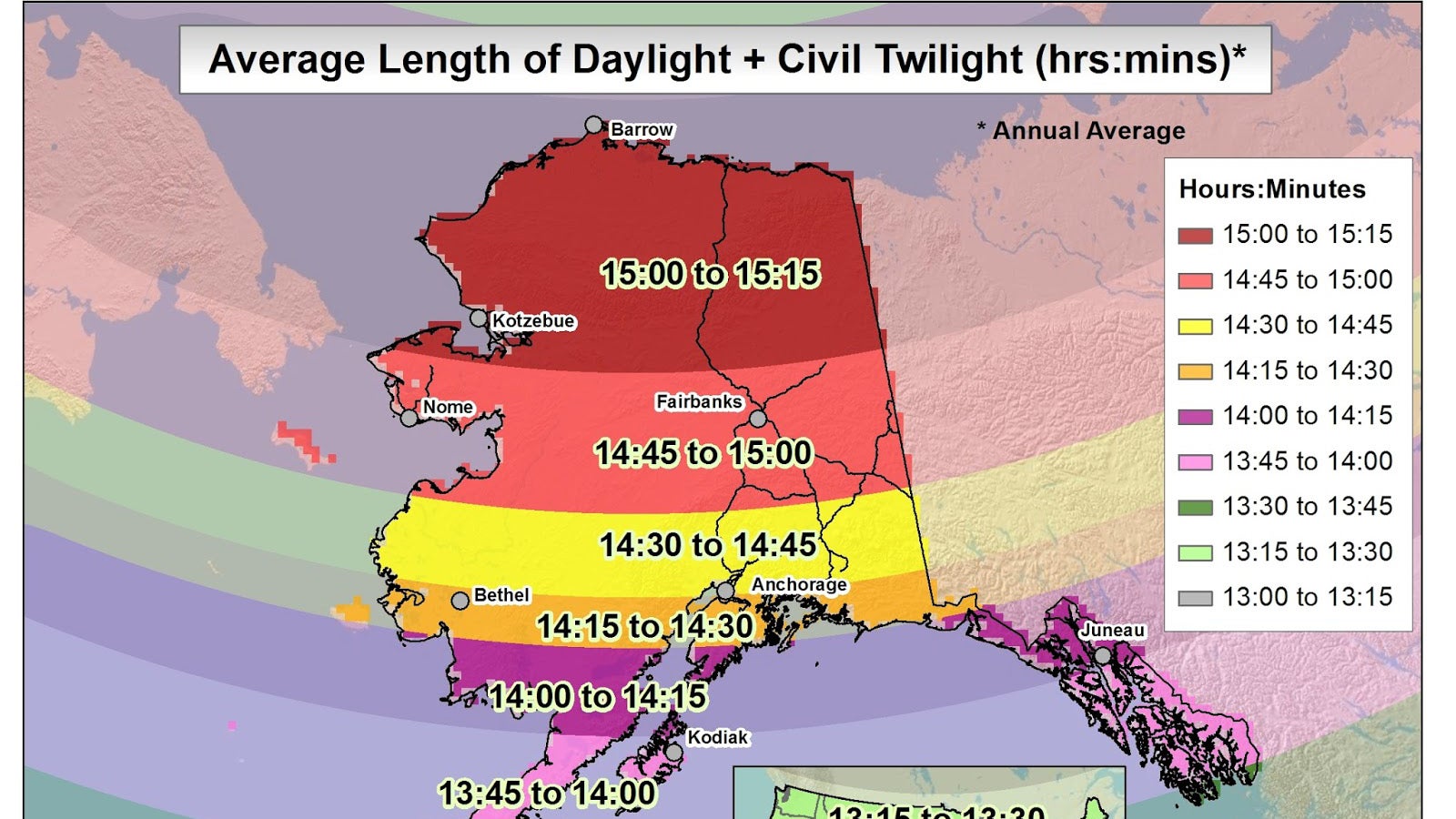
How Alaskans Cope with Two Months of AllDay Daylight Weather Underground
Shortest Day of the Year. On the shortest day of the year (December 21, winter solstice), you'll find a range of daylight hours depending on where you are: Even though residents of Utqiagvik, the northernmost town in Alaska, won't see the sun for 67 days come winter, they enjoy the midnight sun all summer - over 80 days of uninterrupted daylight.